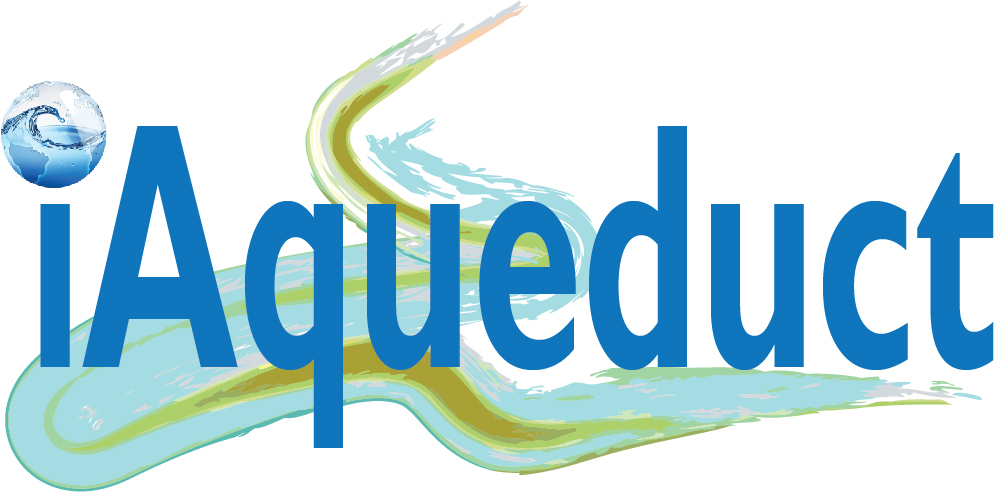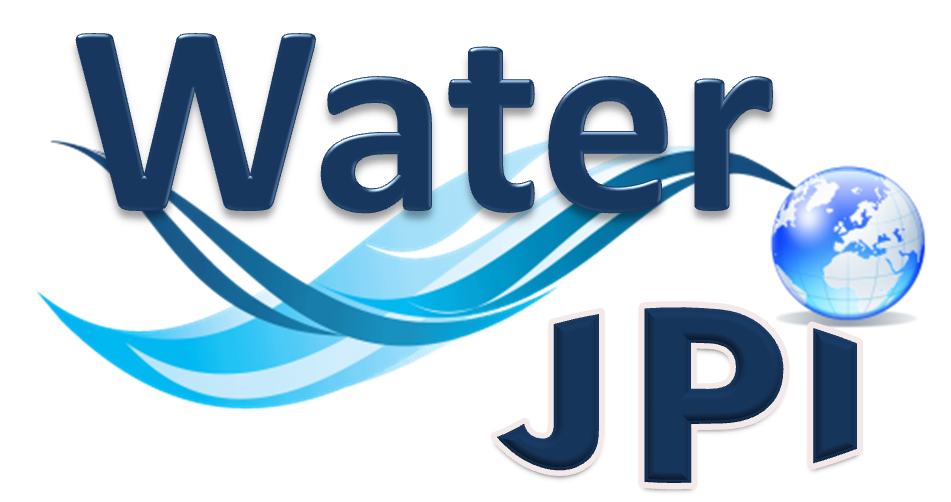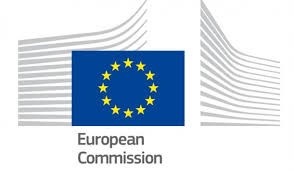iAqueduct Project
The past decades have seen rapid advancements in space-based monitoring of essential water cycle variables, providing products related to precipitation, evapotranspiration, and soil moisture, often at tens of kilometer scales. Whilst these data effectively characterize water cycle variability at regional to global scales, they are less suitable for sustainable management of local water resources, which needs detailed information to represent the spatial heterogeneity of soil and vegetation. The following questions are critical to effectively exploit information from remotely sensed and in situ Earth observations (EOs): How to downscale the global water cycle products to the local scale using multiple sources and scales of EO data? How to explore and apply the downscaled information at the management level for a better understanding of soil-water-vegetation-energy processes? How can such fine-scale information be used to improve the management of soil and water resources? The iAqueduct project is going to develop an integrative information flow to close the gaps between satellite water cycle products and local information necessary for sustainable management of water resources. The integrated iAqueduct toolbox aims to address the abovementioned scientific questions by combining medium-resolution (10m - 1km) Copernicus satellite data with high-resolution (cm) unmanned aerial system (UAS) data, in situ observations, analytical- and physical-based models, as well as big-data analytics with machine learning algorithms.
Introduction to the Downscaling Method
A python "scikit-learn Random Forest" model [link] has been trained with predictor variables, including LST (Land Surface Temperature), NDVI (Normalized Difference Vegetation Index), and DEM (Digital Elevation Model), to predict SSM (Surface Soil Moisture) as the output. The LST, NDVI and SSM data used for the training are three low-resolution multitemporal raster images (from Copernicus Global Land Services with 1km resolution, 30x30 pixels, covering an area of roughly 30x30 kilometers) and the corresponding DEM is also 30x30 pixels covering the same area. In this demo, the trained model is applied to high resolution UAS images (LST, NDVI, DEM of 2276x2223 pixels, covering an area of roughly 350x350 meters), to generate a corresponding high-resolution SSM image. As such, the low-resolution satellite images are "downscaled": the Random Forest model is used to compute the high-resolution image, while it was trained to do so with low-resolution LST, NDVI, SSM and DEM images (see Ref. 1). It is to note that this downscaling approach is undergoing further improvement as implemented in iAqueduct "WP1 Downscaling of Satellite Water Cycle Products".
Demo Use Case: Soil Moisture Downscaling at the Monteforte Cilento Sub-catchment of Alento Basin in Italy
This demo illustrates the technique for downscaling satellite Surface Soil Moisture from 1 km to 15 cm resolution, at the Monteforte Cilento Sub-catchment of Alento Basin (south of Napoli, Italy), a research area operated by iAqueduct partner - University of Naples Federico II (see Ref. 2). This demonstration is still under development, and is part of iAqueduct toolbox, which will include other functionalities for agricultural and water resources managements. The iAqueduct toolbox (currently, only the demo website) will be available on-line via the iAqueduct project portal www.costharmonious.eu/iaqueduct-water-jpi/Run the Demo
Press the Compute button under the map to start computing the SSM layer. Computation takes about 45 seconds. When it is ready it will be displayed on the map. Scroll and zoom the map for evaluation. The brighter the pixel of the SSM layer, the higher the soil-moisture. The image is transparent at areas excluded from SSM prediction (buildings, roads, trees, anything obstructing the land surface that prevents predicting soil moisture content).Method and references
The method is based on training a machine learning model.-
Su, B., Zeng, Y., Romano, N., Manfreda, S., Francés, F., Ben-Dor, E., Tóth, B., Vico, G., Nasta, P., Zhuang, R., Francos, N., Mészáros, J., Fortunato, S., Dal Sasso, S.F., Bassiouni, M., Zhang, L., Rwasoka, D., Retsios, B., Lianyu, Y., Mannaerts, C.M. (2020). An Integrative Information Aqueduct to Close the Gaps between Satellite Observation of Water Cycle and Local Sustainable Management of Water Resources. Water. 12. 1-37. 10.3390/w12051495. [link]
Romano, N., Nasta, P., Bogena, H., De Vita, P., Stellato, L. and Vereecken, H. (2018). Monitoring Hydrological Processes for Land and Water Resources Management in a Mediterranean Ecosystem: The Alento River Catchment Observatory. Vadose Zone Journal, 17: 1-12 180042. doi:10.2136/vzj2018.03.0042 [link]
About: Demo-app developed for iAqueduct by consortium partner ITC (Faculty of Geo-information Sciences & Earth Observation, Department of Water Resources, UTwente). For more information, pls. contact Y. Zeng: y.zeng@utwente.nl and V. Retsios: v.retsios@utwente.nl .
The iAqueduct project has received funding from European Commission and Netherlands Organisation for Scientific Research (NWO), in the frame of the collaborative international consortium (iAqueduct) financed under the 2018 Joint call of the Water Works 2017 ERA-NET Cofund. This ERA-NET is an integral part of the activities developed by the Water JPI (Project number: ENWWW.2018.5). For more project info, pls. contact Bob Su: z.su@utwente.nl and Yijian Zeng: y.zeng@utwente.nl.


